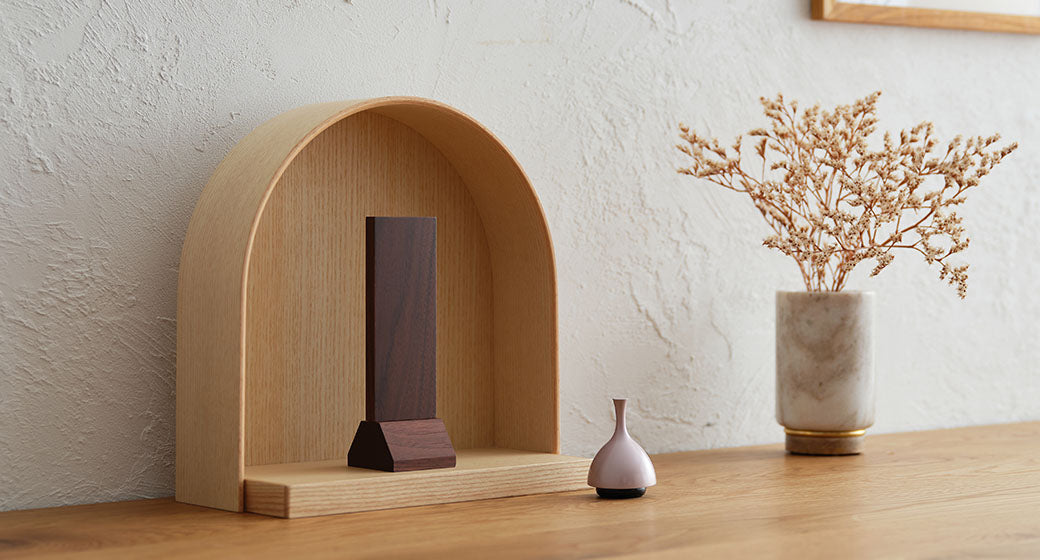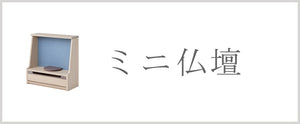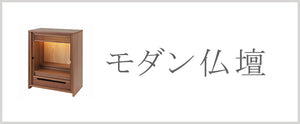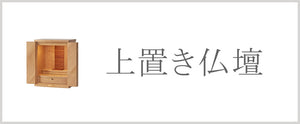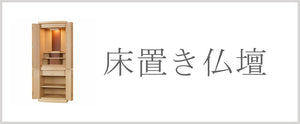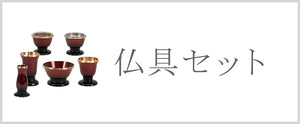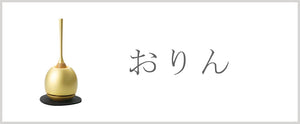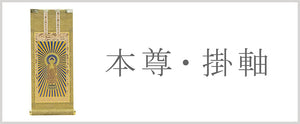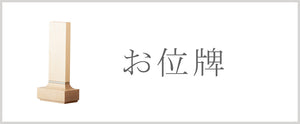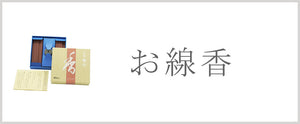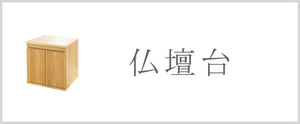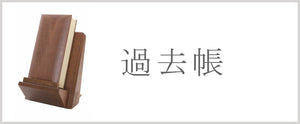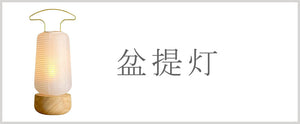Last updated:
Release date:
An ihai is a place where the soul of a deceased person rests and is an object of worship.
However, with the diversification of values and changes in lifestyles, an increasing number of people are saying things like, "I don't have a memorial tablet because I'm not of a sect," or "I don't want to have a relationship with the temple, so I won't receive a posthumous Buddhist name."
On the other hand, we also hear from people who are not of any sect but would like to make memorial tablets for their loved ones and hold memorial services for them.
This time, we will introduce a way to create an ihai with peace of mind even if you do not have a posthumous Buddhist name.
Can't an ihai be made without a posthumous Buddhist name?
It is possible to create an ihai even if you do not have a posthumous Buddhist name.
In the first place, a posthumous Buddhist name is a name given to someone who lives in accordance with Buddhist morality.
Therefore, ideally, one would be given a "posthumous Buddhist name" while still alive.
People who did not have a Buddhist name during their lifetime are often given one after death because it is believed that when they go to the Buddhist world, they need proof that they have lived a life that adheres to Buddhist morality.
If there is no posthumous Buddhist name, the memorial tablet can be made with only the secular name (the name given during life).
How to purchase and choose an ihai

HANA CIRCLE Memorial Tablet (Circle) Artificial Marble
Like regular memorial tablets, they can be purchased at your local Buddhist altar store or online shop.
There are so many different types available these days that it can be hard to choose, but there's no problem in choosing the shape you like.
In addition to traditional types, there are also memorial tablets with simple and stylish designs, and those made with new materials such as artificial marble and acrylic, so you're sure to find one that suits your room's interior and the image of the deceased.
The most common sizes are 3.5 sun (bill length 10.5 cm) to 4.5 sun (bill length 13.5 cm), but if you have a specific location in mind where you want to place it, choose a size that suits that space.
Recently, there are types that come in one size and can be placed anywhere.
It usually takes 10 days to 2 weeks to engrave the lettering , so we recommend purchasing early.
About the text and layout
Here we will introduce the standard way to enter text and layout.
In the case of non-denominational churches, there are no strict rules.
However, depending on the design of the memorial tablet, it may have a layout that is unique to its shape, so you should be careful.
If you have any special layout requests, please discuss them with your dealer when placing your order.
What to write on an ihai without a posthumous Buddhist name
The information to be written on the memorial tablet is the deceased's secular name (the name they had when they were alive), date of death (the date they died), and age at death.
Since it is non-sectarian, there is no need for "Sanskrit characters" to represent the sect's principal image.
To indicate that the person is deceased, the name is followed by the words "Spiritual Title of XXX."
Other names that can be used include "The spirit of ○○○○" or "○○○○ rank," but they all have the same meaning, so you should choose freely, taking into consideration the balance between the size of the memorial tablet and the number of characters.
On memorial tablets made with a secular name, the age at death is often recorded in "full age," but "age by the Japanese counting system" is also sometimes used, where the year of birth is considered one year old.
Also, it is common to add "age at death" or "age at death" before the age, and if you do, it doesn't matter which one you choose.
One option is to use the plain wooden memorial tablet provided by the funeral home as a reference, if available.
There are two basic layouts
There are two main layouts.
- The first one has only the secular name on the front, and the date of death and age at death on the back.
- The second one has the person's real name and date of death written on the front and their age written on the back.
Other ways to do this include:
For example, you can write on the front words that the deceased liked or words that you would like to send to them.
This method, which is not used with Buddhist memorial tablets, is unique to secular memorial tablets.
Is soul placement necessary?
Some of you may have heard the term "soul-infusion" (eye-opening ceremony/spirit-infusion).
As the name suggests, a soul-bearing ceremony is a memorial service to put a soul into a Buddhist altar, principal image, or memorial tablet.
In Buddhism, it is believed that by performing this memorial service, the memorial tablet becomes a place where the soul resides.
However, if you do not belong to a particular sect or have no relationship with a temple, a memorial service is not necessarily necessary.
When you first bring the memorial tablet into your home, it is believed that you should clasp your hands properly to express your gratitude to the deceased and make it the object of your own prayers.
How to place the memorial tablet
Usually, the memorial tablet is placed one level below the principal image.
However, if you are non-denominational, you will not have a principal image, so please display the memorial tablet in the center of the top shelf of the altar.
If you are displaying photo frames and personal belongings together, place the memorial tablet in the center and the photo frames next to it for a harmonious look.
The important thing is the desire to provide

HANA TOWER acrylic memorial tablet
Anyone who wishes to commemorate a loved one can create an ihai, regardless of their sect or whether or not they have a posthumous Buddhist name.
Choose something that perfectly matches the image of the deceased and the room's interior.
The important thing is to express condolences to the deceased and pray for their soul to rest in peace.
An ihai made using the deceased's secular name is one way to fulfill such new memorial wishes.
Click here for the memorial tablet product page>
